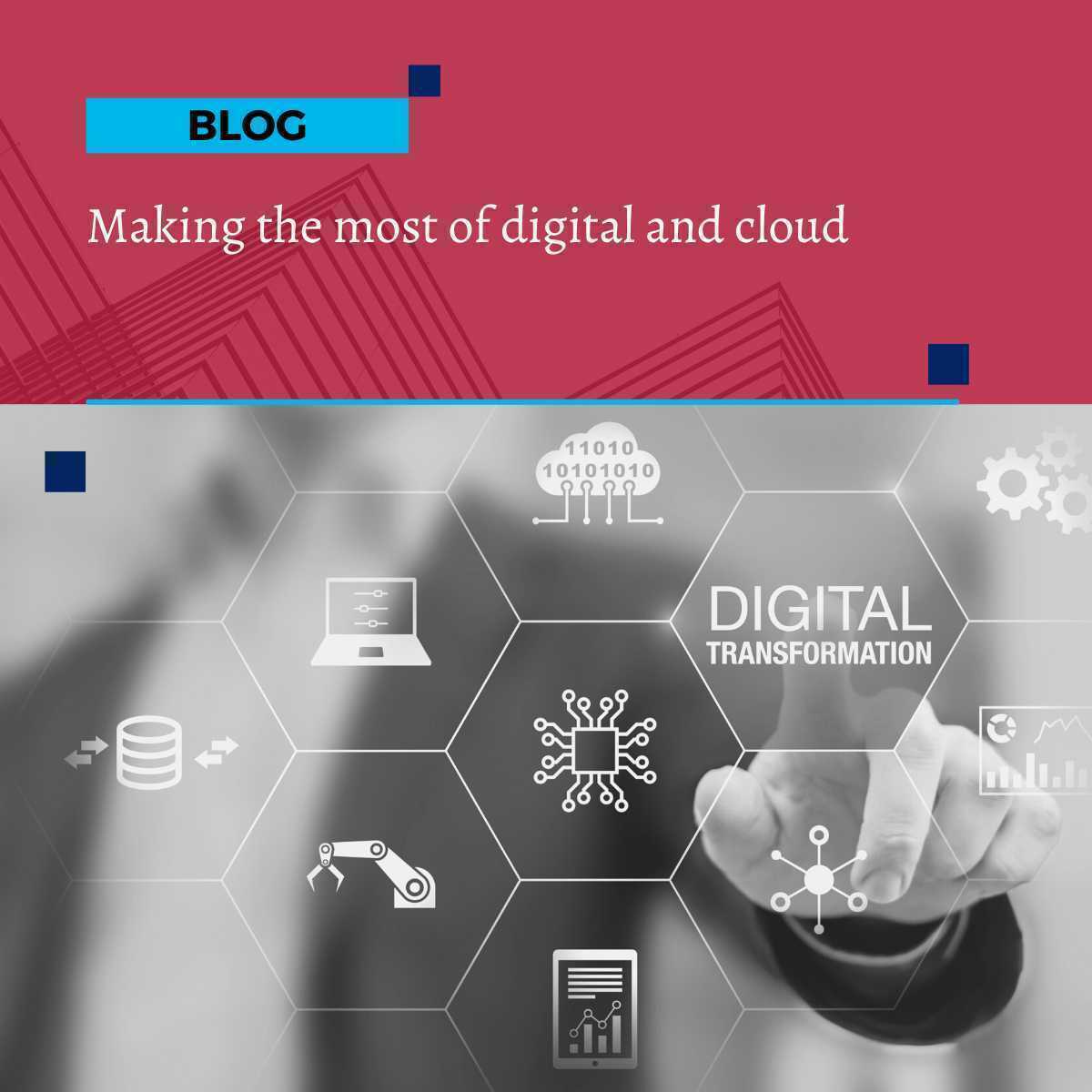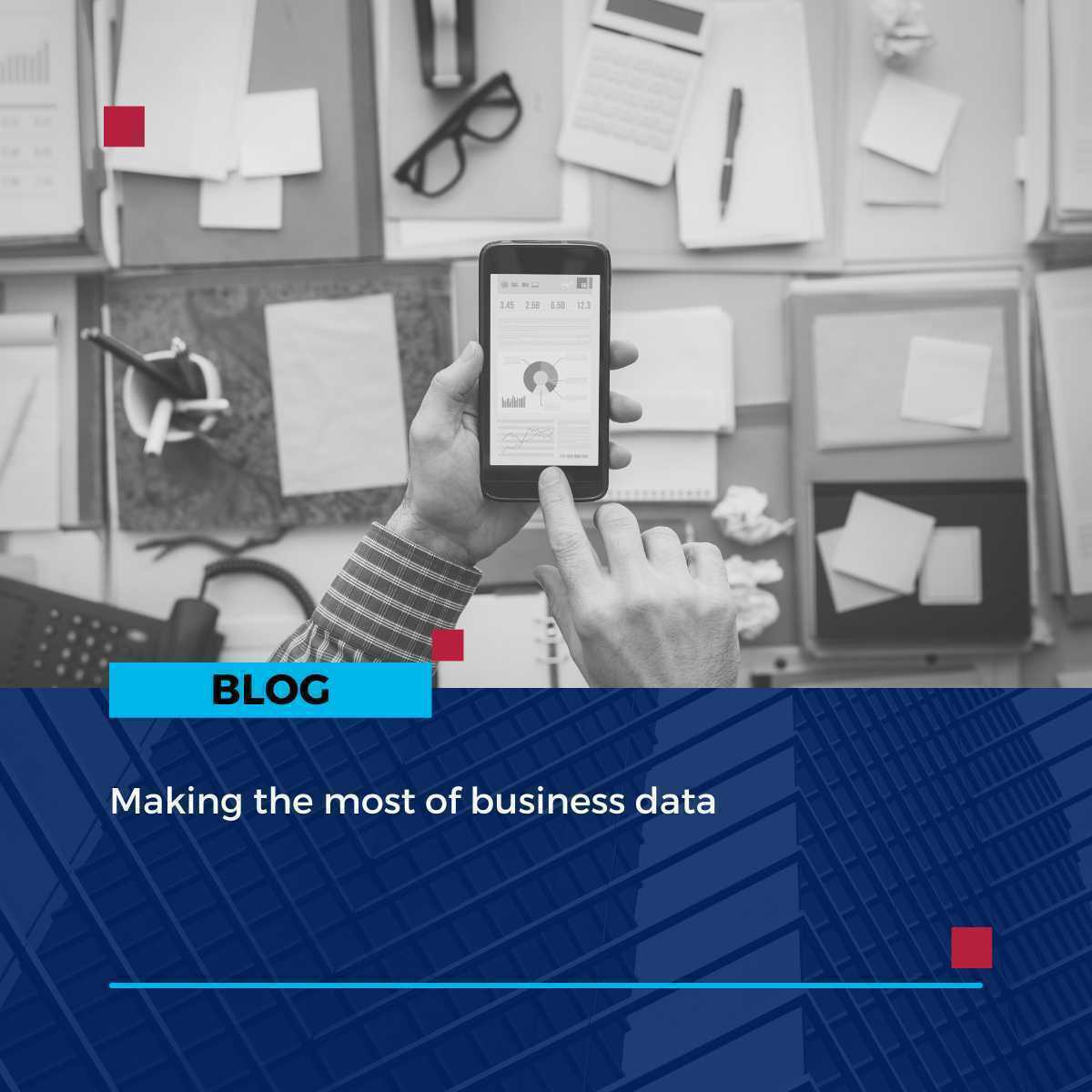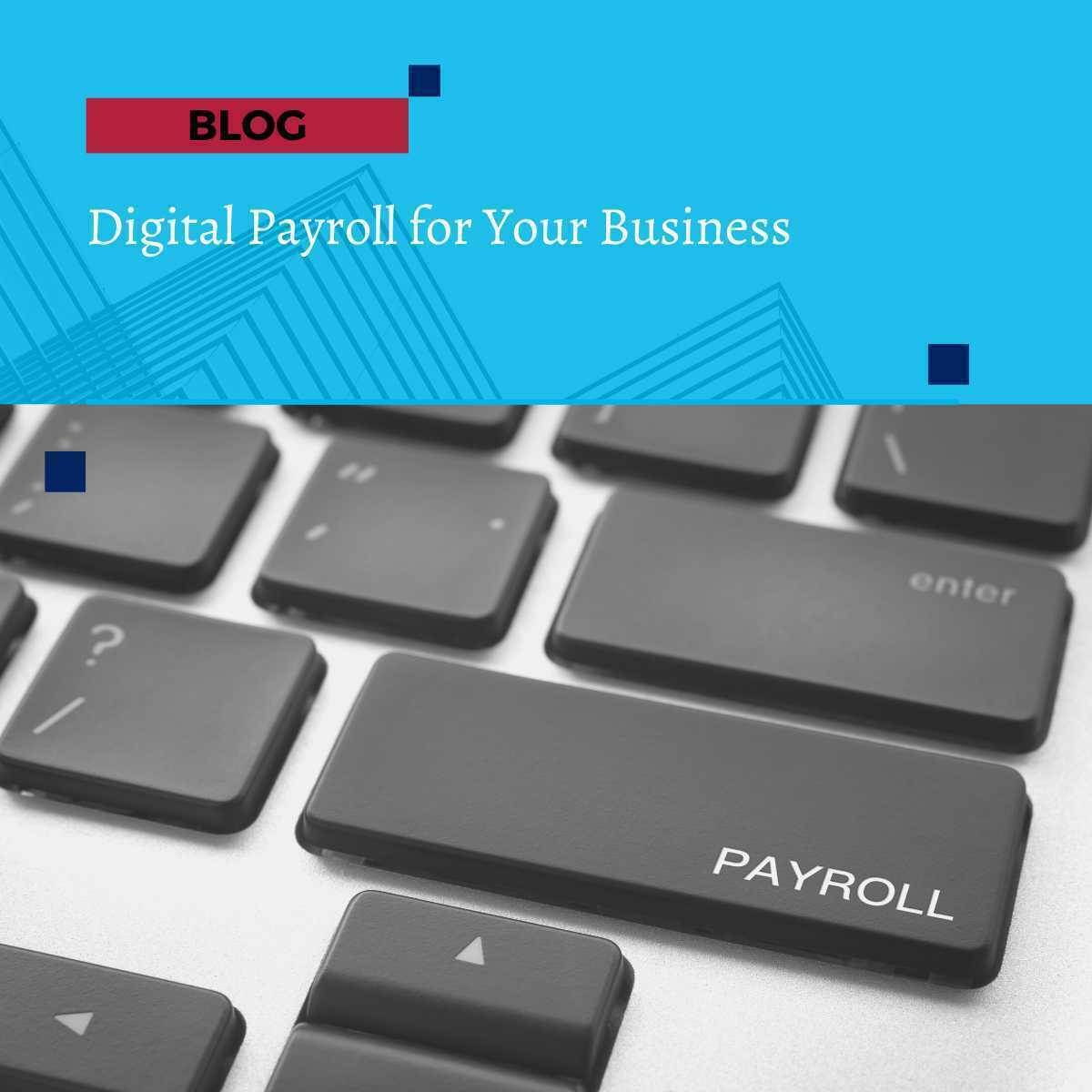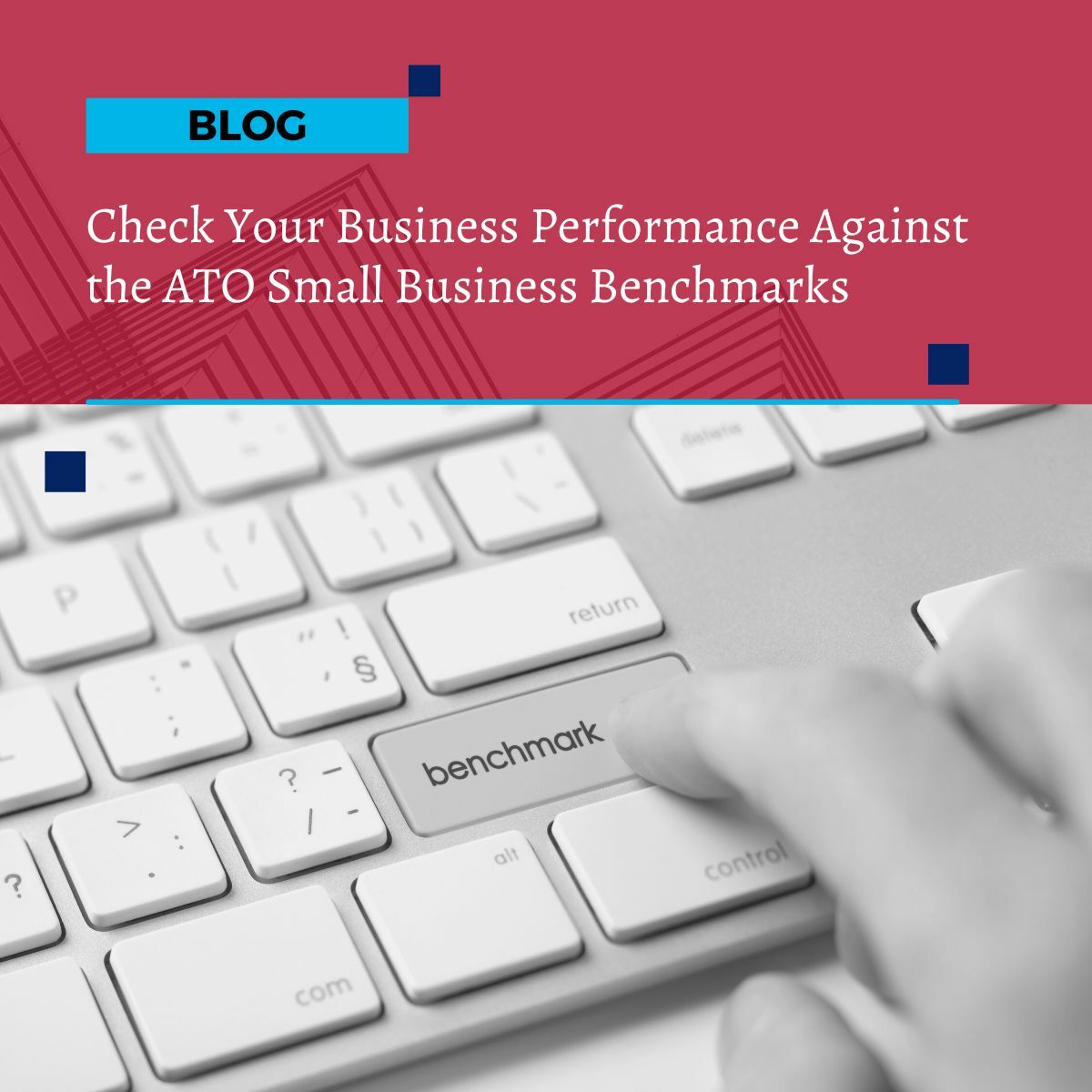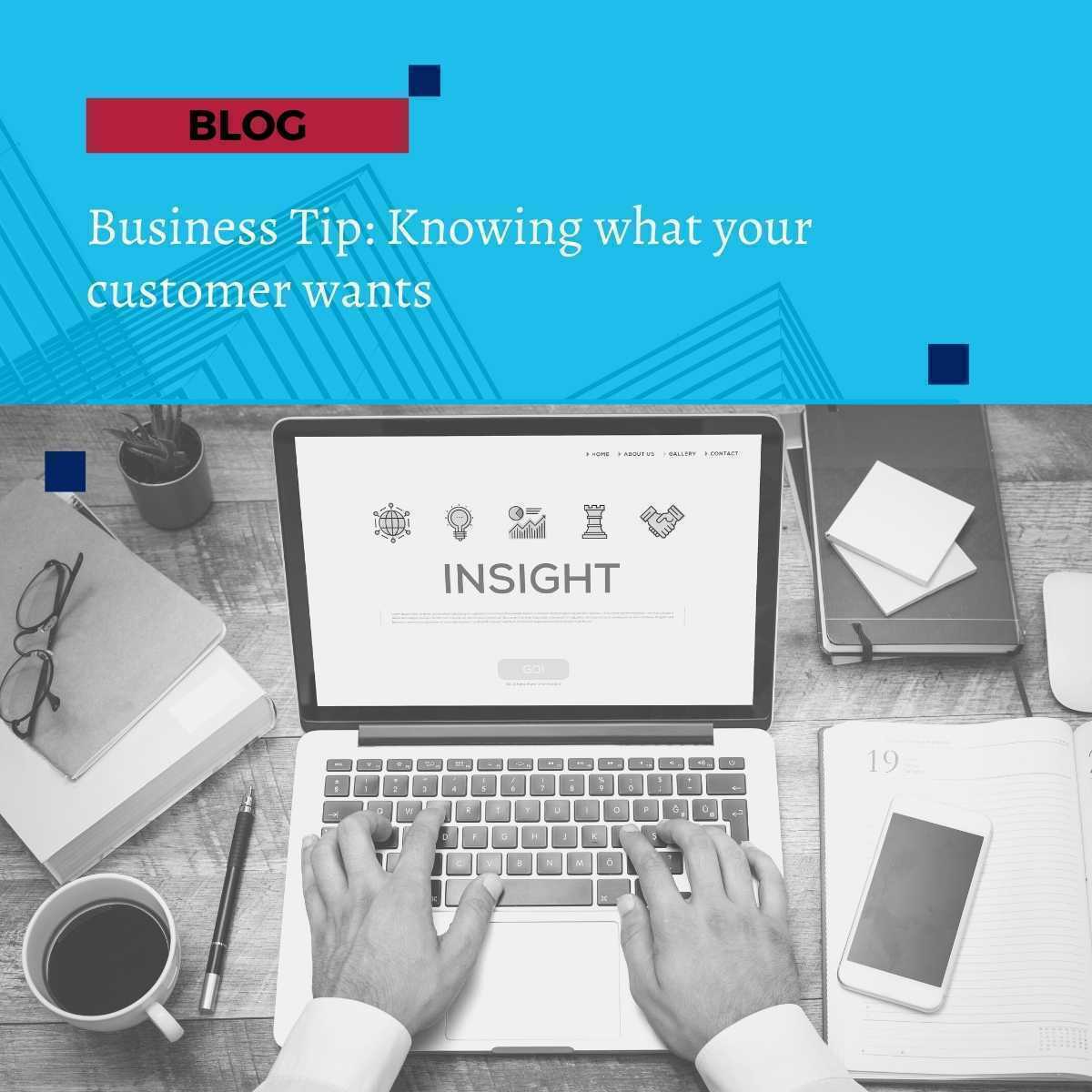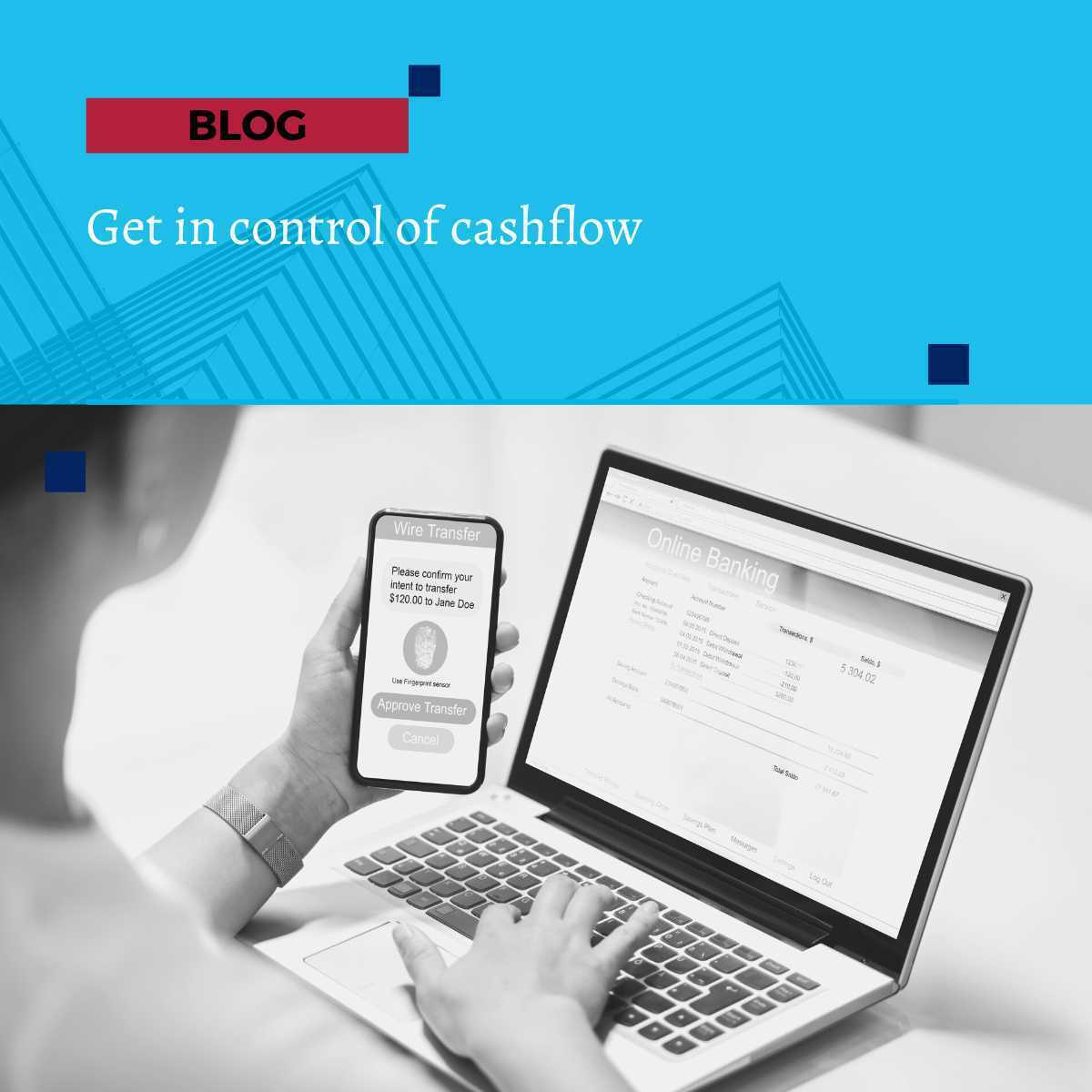
Get in control of cashflow
Get in control of cashflow
It's an undeniable fact - cashflow is the lifeblood of any business. Without enough liquid funds coming in, it becomes harder to do the basics like trading and paying suppliers. Even worse, a lack of cash can eventually lead to failure for a business. That's why effective cashflow management is so important.
No one likes to think about potential financial disasters, but being proactive with your cashflow can make all the difference when it comes to keeping your business afloat. You need to understand not only where your money is going, but also how you can put yourself in a positive cashflow position so you have enough on hand to cover your expenses.
Fast ways to improve your cashflow
Managing your cash flow is an ongoing process.
Keeping close tabs on the numbers in your regular cash flow statements is key. A negative drawdown could be caused by insufficient sales, unpaid invoices, or not controlling costs effectively.
What's important is to take a complete approach and proactively find ways to improve your company's cash situation.
Some key ways to boost your cash position include:
Make it Easy to Get Paid – Using the Latest in Payment Tech to Speed up Payment Times
Getting paid quickly is essential for maintaining a healthy cash flow. The faster you receive payments from customers, the better off your business will be financially.
To make this happen more effectively, you should use modern payment technologies such as online invoicing software or mobile payment apps that allow customers to pay quickly and securely via their smartphones or computers. This will reduce late payments significantly and give your cash position a boost.
Track and Manage Debts – Chasing Any Late Payments To Reduce Your Aged Debt
Another way of improving your cash position is by tracking any outstanding payments due from customers so that you can start chasing them up promptly if they are late in paying their invoices.
Look into setting up automated reminder systems so that customers are sent reminders when they are overdue on payments. This will help reduce the amount of aged debt in your books which can have an impact on your bottom line.
Manage Spending Effectively – And Start Tracking Reviewing And Reducing Your Costs
There’s no point increasing income if it’s all going out again on unnecessary costs.
It’s important to keep track of where every dollar is going each month so that you can identify any areas where money may be being wasted unnecessarily. Once these areas have been identified, then steps can be taken to reduce these costs so that they don't eat away at any additional profits made by increasing sales or reducing aged debt levels.
Improve Your Sales and Marketing – Creating More Sales and Boosting Income
One of the best ways to increase your cash position is by boosting your sales revenue.
To do this, you need to make sure that your marketing efforts are effective at generating leads and converting them into customers. This means investing in the right marketing strategies such as website design, search engine optimization (SEO), content marketing, social media marketing, email campaigns, etc. You could also consider offering discounts or promotions to encourage customers to purchase from you more regularly.
Talk to us about improving your cashflow.
If cashflow is becoming a headache for your business, we can help you with cashflow forecasting and understanding your cash position to support you attaining that all-important positive cashflow position.
Get in touch to improve your cashflow.

